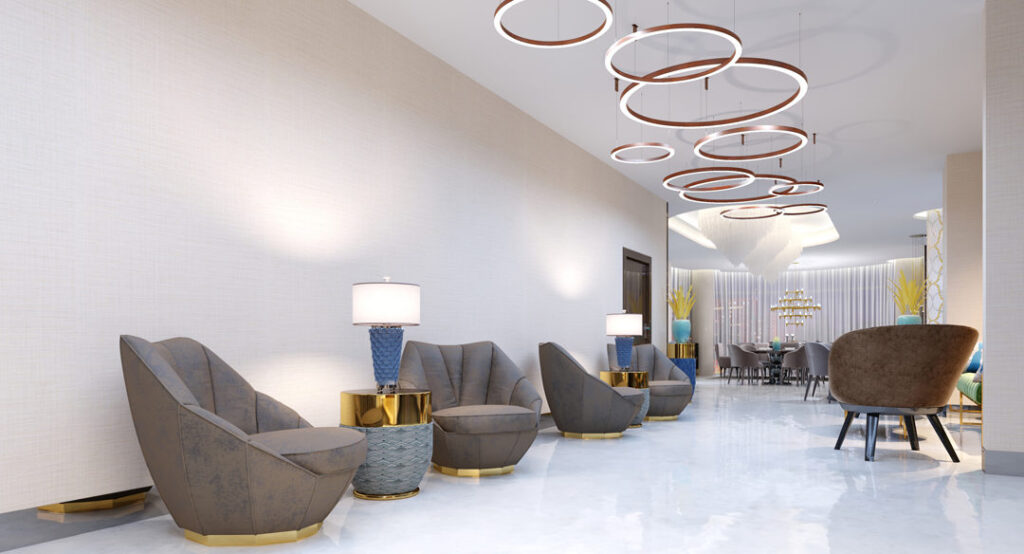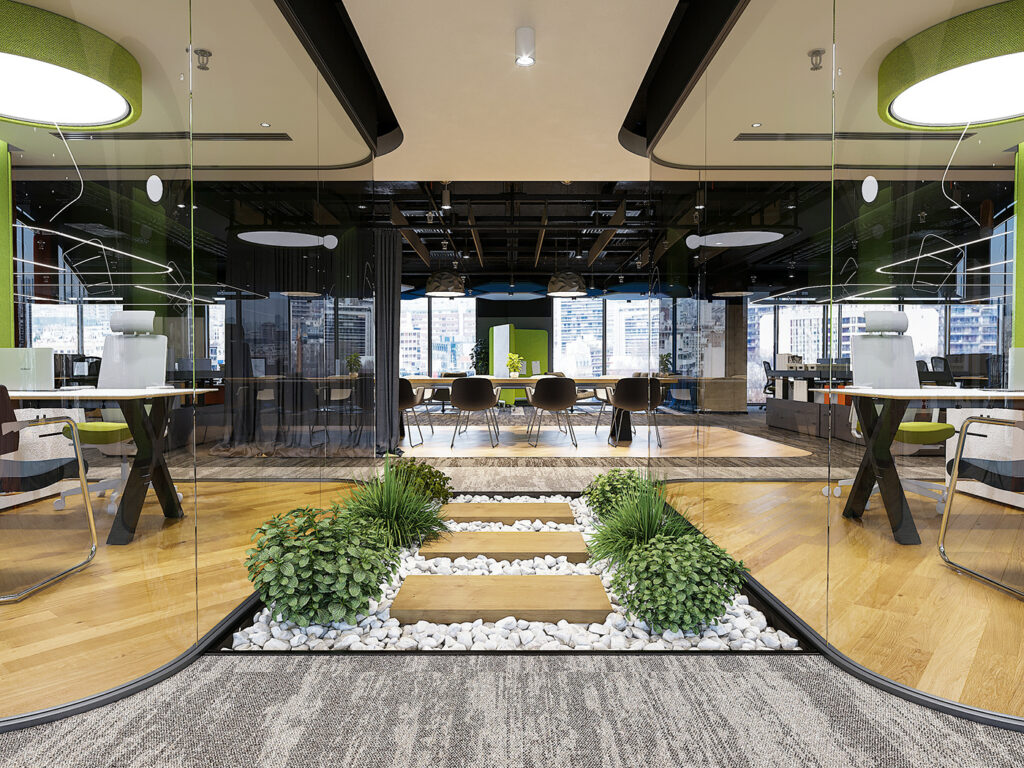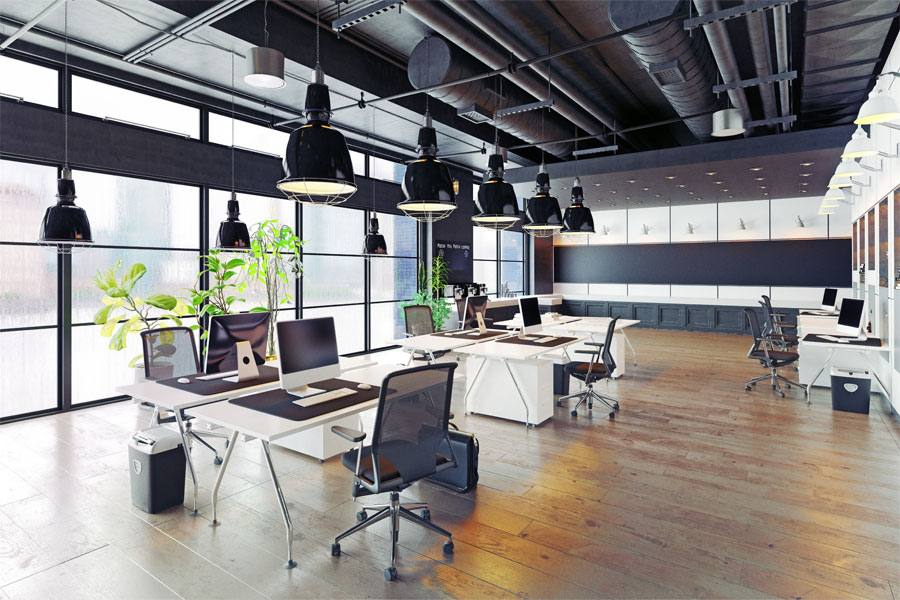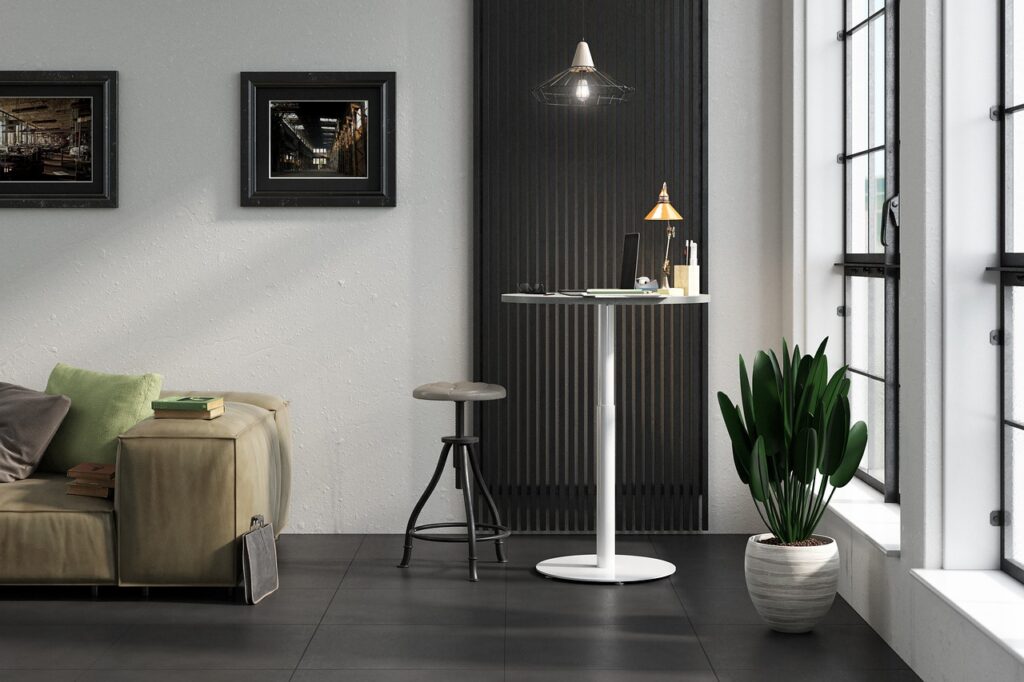Creating a professional workspace through commercial interior design is essential for fostering productivity, efficiency, and employee satisfaction. However, even seasoned designers can stumble into common pitfalls that compromise the functionality and appeal of a commercial environment. To ensure your design achieves its full potential, let’s delve into the top commercial interior design mistakes to avoid:
- Ignoring Functionality in Pursuit of Aesthetics: One of the gravest mistakes in commercial interior design is prioritizing aesthetics over functionality. While visually striking spaces are undeniably appealing, they must also serve their intended purpose effectively. Ensure that every design element enhances the functionality of the workspace, from furniture layout to traffic flow, to support the needs of employees and clients alike.
- Neglecting Brand Identity and Culture: Your commercial interior design should reflect the unique identity and culture of the business it serves. Neglecting to incorporate brand elements, such as colors, logos, and messaging, can dilute brand recognition and undermine the cohesive identity of the workspace. Integrate brand elements thoughtfully to reinforce company culture and strengthen brand presence within the space.
- Overlooking Ergonomic Considerations: A comfortable and ergonomically sound workspace is essential for employee well-being and productivity. Unfortunately, many commercial interior designs overlook ergonomic considerations, leading to discomfort and potential health issues for employees. Prioritize ergonomic furniture, adjustable workstations, and proper lighting to create a supportive environment that promotes health and productivity.
- Underestimating the Importance of Lighting: Lighting plays a crucial role in commercial interior design, influencing mood, productivity, and visual appeal. Yet, it’s a common mistake to underestimate its importance. Avoid harsh fluorescent lighting or insufficient natural light, which can cause eye strain and fatigue. Instead, aim for a balanced lighting scheme that combines natural light with energy-efficient fixtures to create a welcoming and well-lit environment.
- Failing to Future-Proof the Design: Commercial interior design should not only meet the current needs of the business but also anticipate future growth and changes. Failing to future-proof the design can result in costly renovations or adaptations down the line. Incorporate flexible layouts, modular furniture, and adaptable spaces that can evolve with the organization’s needs, ensuring longevity and cost-effectiveness.
By steering clear of these common commercial interior design mistakes, you can create professional workspaces that enhance productivity, foster creativity, and elevate the overall experience for employees and clients alike. Remember to prioritize functionality, integrate brand identity, prioritize ergonomics, optimize lighting, and future-proof the design to maximize the value and impact of your commercial interiors.




